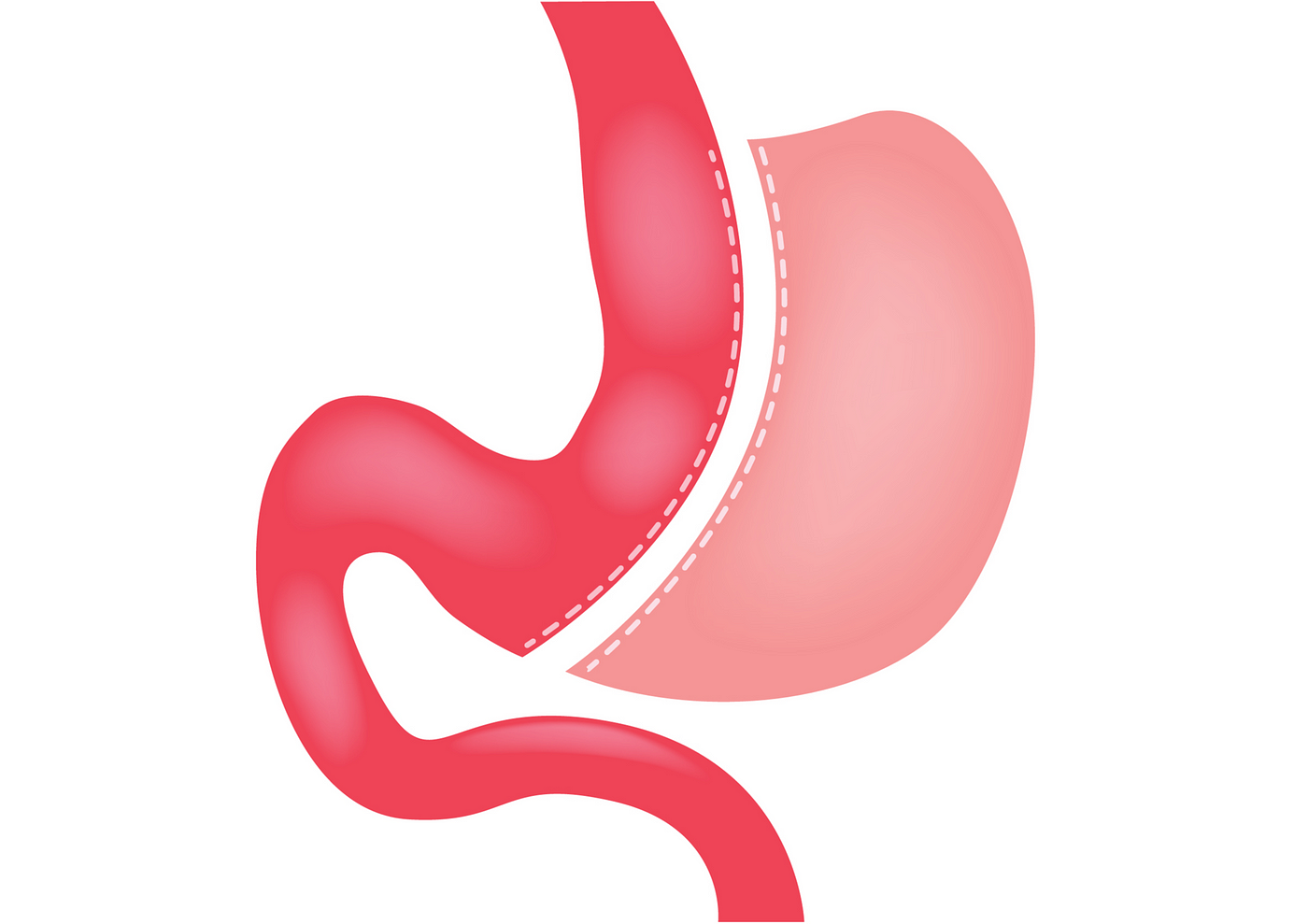- iho
- 0 Comments
Sleeve gastrectomy, also known as tube stomach surgery, is a surgical procedure used in the treatment of obesity. In this surgery, a large portion of the stomach is removed, leaving behind a small tube-shaped section. This tube stomach limits food intake, causing the individual to eat less. Additionally, due to the reduction in stomach size, feelings of hunger decrease, and the sensation of fullness occurs more quickly.
The surgery is typically performed using a laparoscopic method, which is a minimally invasive approach done through several small incisions with the assistance of surgical tools and a camera. This leads to a faster recovery period and a lower risk of complications.
Sleeve gastrectomy offers several benefits. Firstly, the reduction in stomach volume leads to reduced food consumption and subsequent weight loss. Additionally, post-surgery hormonal changes affect appetite and hunger hormones, supporting the weight loss process. In patients with obesity-related health issues, this surgery can help manage conditions such as diabetes, hypertension, and sleep apnea.
However, sleeve gastrectomy is not without its risks. Like any surgical procedure, there are potential risks such as post-operative infection, bleeding, and wound healing issues. Additionally, changes in dietary habits may lead to vitamin and mineral deficiencies. Therefore, guidance from a dietitian both before and after the surgery is crucial.
Sleeve gastrectomy can be an effective option in the treatment of obesity, but it is important to consult with your doctor before making this decision. After a thorough evaluation and weighing of risks and benefits, undergoing this surgery may be deemed appropriate. Regular follow-up and lifestyle changes are important post-surgery, as weight loss through surgery alone does not guarantee long-lasting results.

